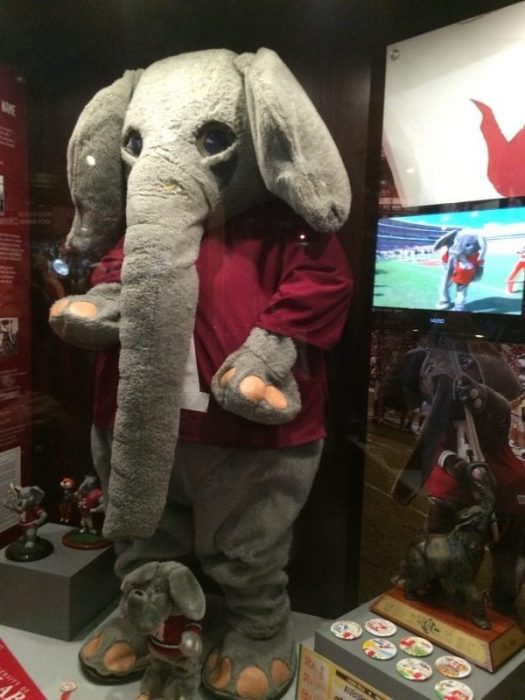
Sports team mascots serve numerous purposes for sports organizations within the United States. Mascots provide a point of attachment for fans, provide strong emotional connections between fans and their teams, and provide a brand identity. Symbolically, mascots are used to reflect attractive qualities such as strength, power, luck, and domination. Perhaps most importantly, mascots are believed to help teams win.
With the exception of Native American mascots, very little attention has been paid to the objects and entities that represent sports team mascots. Mascots can take the form of living beings, both human and nonhuman, weather events and disasters, geographical landscapes, and inanimate objects. One of the most common sports team mascots is a non-human animal, often chosen for specific attributes such as fierceness and veracity. Animal mascots aren’t just restricted to sports, teams either. Some US betting sites have also adopted animal mascots, such as LeoVegas’ lion. What is ignored when a nonhuman animal is selected for a mascot, however, is the actual plight of that animal.
This is particularly troubling when the nonhuman animal has an endangered status. For example, an intercollegiate institution may have a red wolf as their mascot, but little is actually known about the animal beyond the physical representation has been produced by the institution. Rarely, if ever, are there efforts in place to learn more about the nonhuman animal and its natural habitat, advocate for the survival of the species, and protect the species and its natural habitat from harm, exploitation, and extinction.
The lack of attention given to nonhuman animals in the sports context is troubling given their vast contributions. For example, some of the earliest sporting events pitted animal against animal and animal against man for the purposes of entertainment and many of these events still take place despite public condemnation. Events like bullfighting, cockfighting, animal baiting, foxhunting, dog racing, and dogfighting all continue to take place under the guise of “sports”. The use of animals within sports also continues with regard to sports equipment. Specifically, the materials provided by the dead bodies of animals make up things like baseball gloves, golf bags, saddles, and so on. Finally, sports spectators and fans consume animal bodies in immense quantities while watching sporting events at sports venues, sports bars, and at home.
Sports Organizations Should Be Champions For The Animal Their Mascot Represents
The use of nonhuman animals and their environments by humans in the sports context is anthroparchic in that humans dominate, oppress, and exploit these entities to serve their own interests. As a result, speciesist ideologies are endemic to sports and sports organizations and little to no responsibility is being taken for the livelihood and survival of the non-human entities directly involved in the sports experience. This is not to suggest that responsibility rests with any one entity, but rather, there exists shared responsibility for because sports and sports organizations are connected to the issues surrounding nonhuman animals and their habitats. Specifically, the survival of endangered species that serve as sports team mascots for sports organizations at any level becomes an issue of shared responsibility.

“Big Al – University of Alabama Elephant Mascot” by Crispyflamingo via Wikimedia Commons is licensed under the Creative Commons Attribution-Share Alike 4.0 International license.
Drawing upon the notion of shared responsibility, a byproduct of Young’s social connection model of responsibility, it could be argued that the sports organization using an endangered species animal as their mascot has a degree of reasonability in ensuring its safety and survival. This is particularly true amongst fans who highly identify with the team. Indeed, this was the case for a Division 1 institution located in the Midwestern United States, as those fans who identified highly as such wanted to learn more about how about their endangered species nonhuman mascot.
Most were not aware of how few nonhuman animals, of which their mascot was representative, actually remained in the wild, suggesting that a program focused on education could be incredibly helpful. Unfortunately, in this particular instance, the athletic director of the school was not open to providing education to sports fans, as he felt it was too political of an issue. Despite this, it is possible for other sports organizations and institutions to take a proactive stance and embrace their responsibility to protect the very things they are exploiting.
This article was contributed by Professor Melanie L. Sartore-Baldwin, who recently published her research along with Brian P. McCullough on “Examining sport fans and the endangered species nonhuman animals who represent their affiliated team mascot” in the journal Society & Animals.









